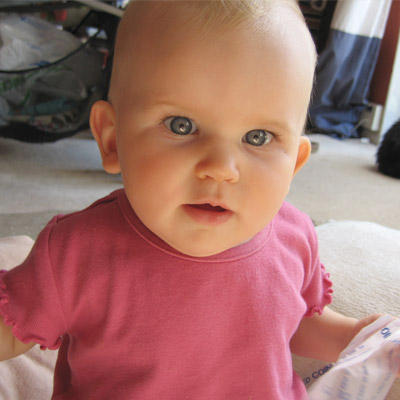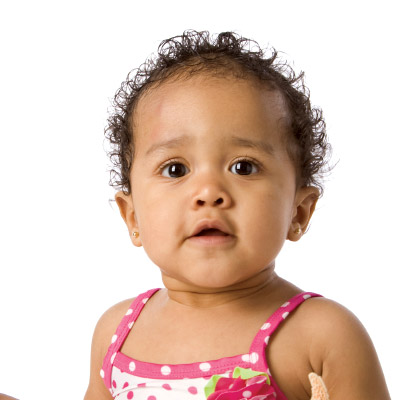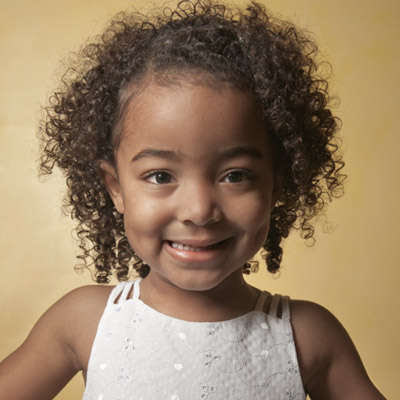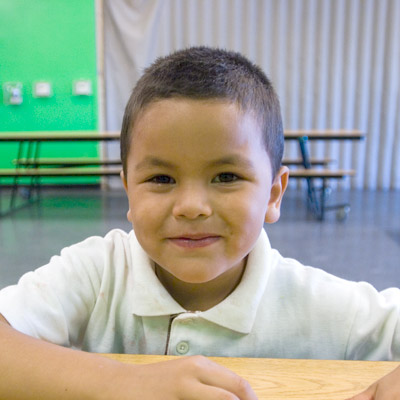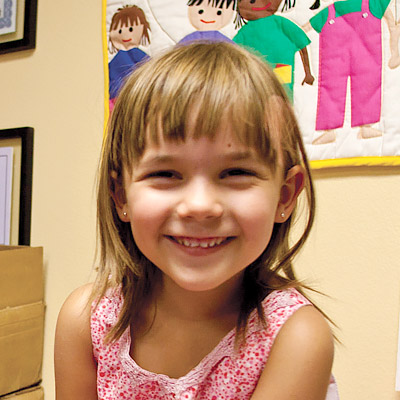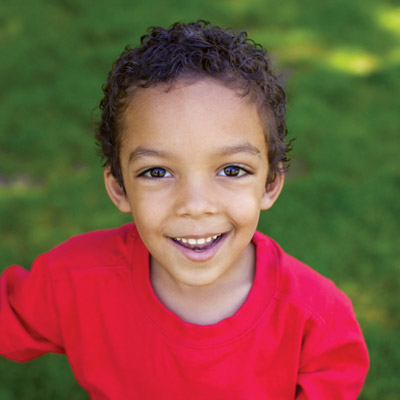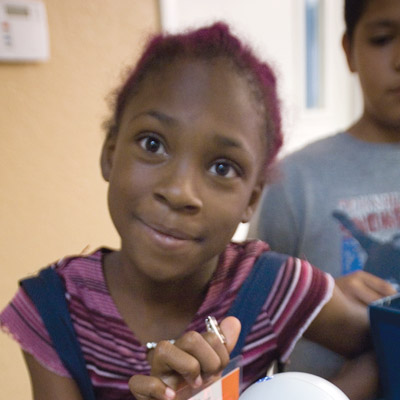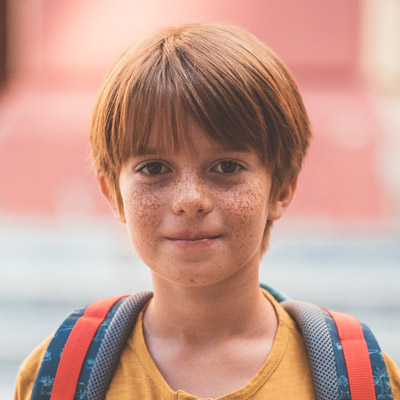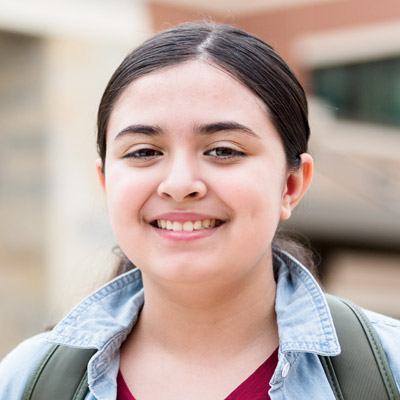Effective Literacy Practices
Student outcomes improve when teachers and schools implement evidence-based instructional strategies that reflect decades of research into how skilled reading develops and how to most effectively support children, including struggling readers, in learning to read proficiently.
Aligned with Arizona’s standards, this resource is intended to complement evidence-based core reading curricula and intervention programs already in place and help educators fill in gaps or modify their approaches with effective strategies, instructional practices, tools and activities.
By committing to evidence-based instruction and interventions, we can teach our children to read at grade-level and be successful in school.
Developmental benchmarks and literacy behaviors that most children display at a particular age/grade.
Find recommended instructional strategies and practices aligned with the science of reading by age/grade level and foundational literacy skill.
Evidence-based reading interventions support students who are identified as struggling with specific foundational literacy skills.
While seemingly effortless, good reading is made up of a set of complex skills and strategies.


